Year-End Assessment of Department of Juvenile Justice
In 2010-11, through the generous support of the MacArthur Foundation’s Models for Change initiative, JHA assessed the state of the Illinois Department of Juvenile Justice (DJJ), reforms achieved, problem areas in need of change, and obstacles to those changes. Over the year, JHA conducted almost 20 facility visits during which we met with administration, staff, and youth. JHA also analyzed data provided by DJJ regarding population, discipline, staffing levels, mental health assessments, and other relevant issues to inform our work. This report is the end result of our work.
Since its inception in 2006, DJJ has worked towards becoming a youth focused, rehabilitative and treatment based department in order to create better outcomes for youth committed to its care.
Constrained by limited resources and funding, DJJ is steadily improving operations, programming, education, and reentry services.
Even with the progress that has been made, there are still areas in need of significant improvement or complete transformation, such as use of confinement for non-violent offenses and data tracking in all areas of operation.
Identifying areas in need of improvement is only part of the process. Obstacles, such as budget constraints or population levels, which are either beyond DJJ’s control or are very difficult to address are hindering reform within the department. Overcoming these obstacles must be a priority not only for DJJ, but also the legislature, the governor’s office, and other key decisions makers. Without a unified effort to fully address these obstacles, Illinois will continue to spend large amounts of money on an incomplete system, undermine public safety, and most importantly negatively impact outcomes for youth in conflict with law. (2011)
